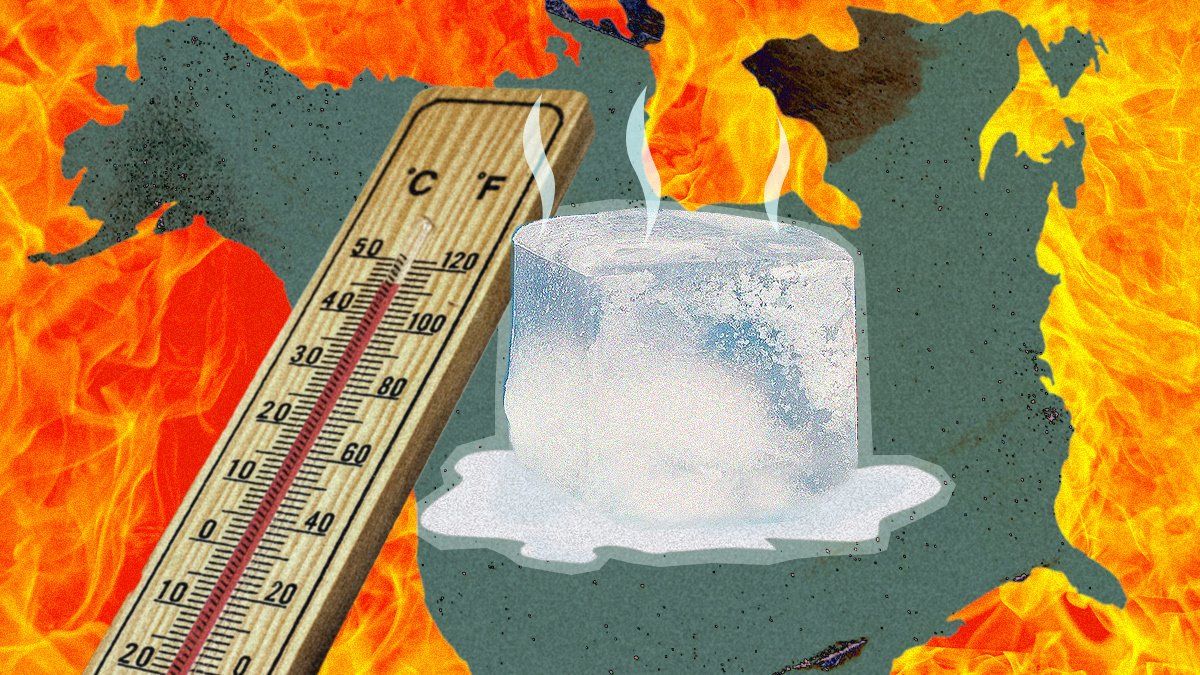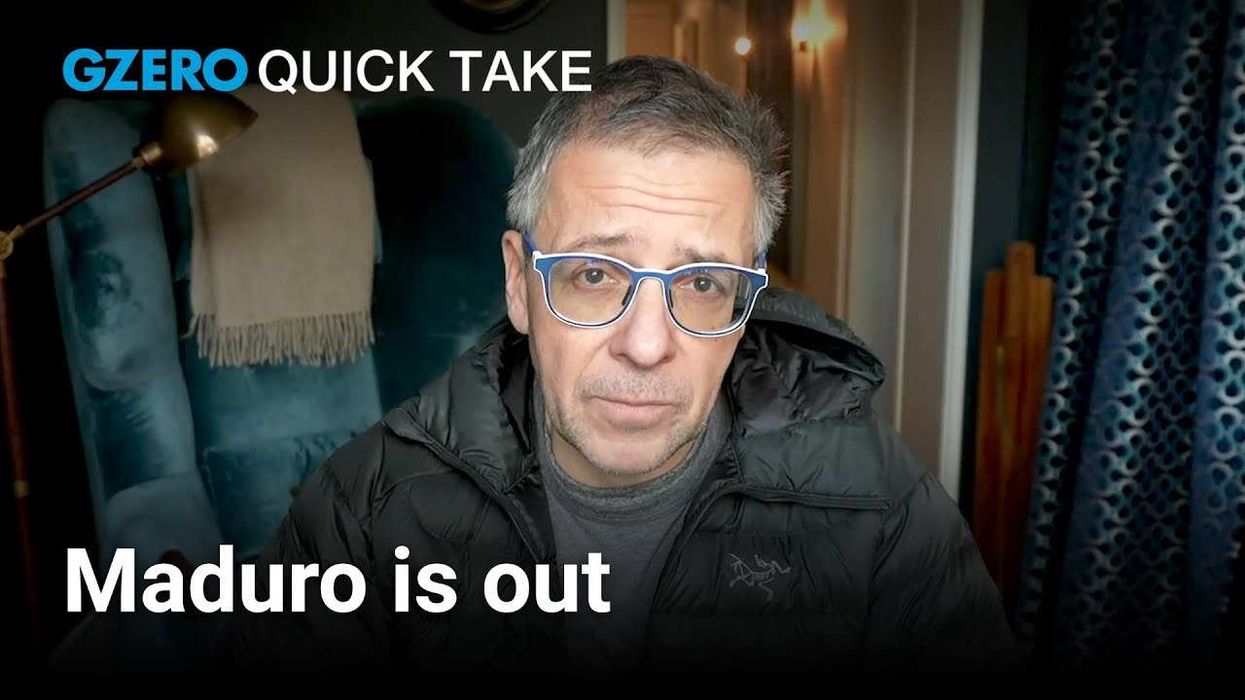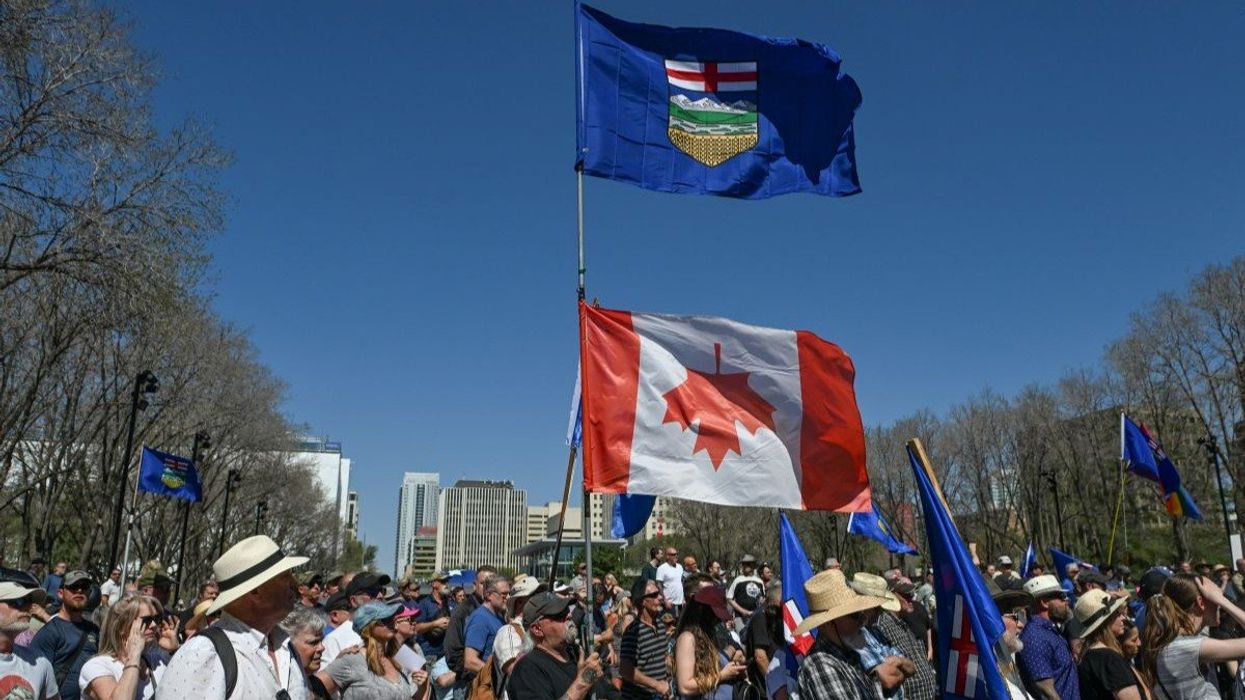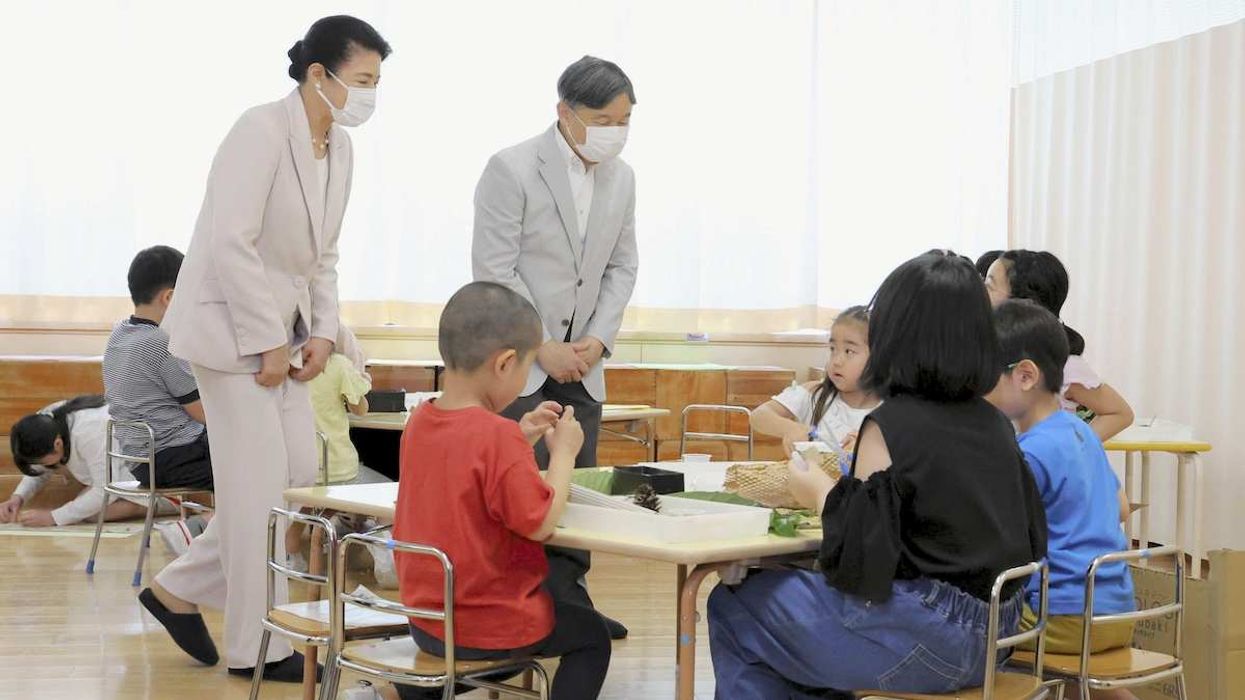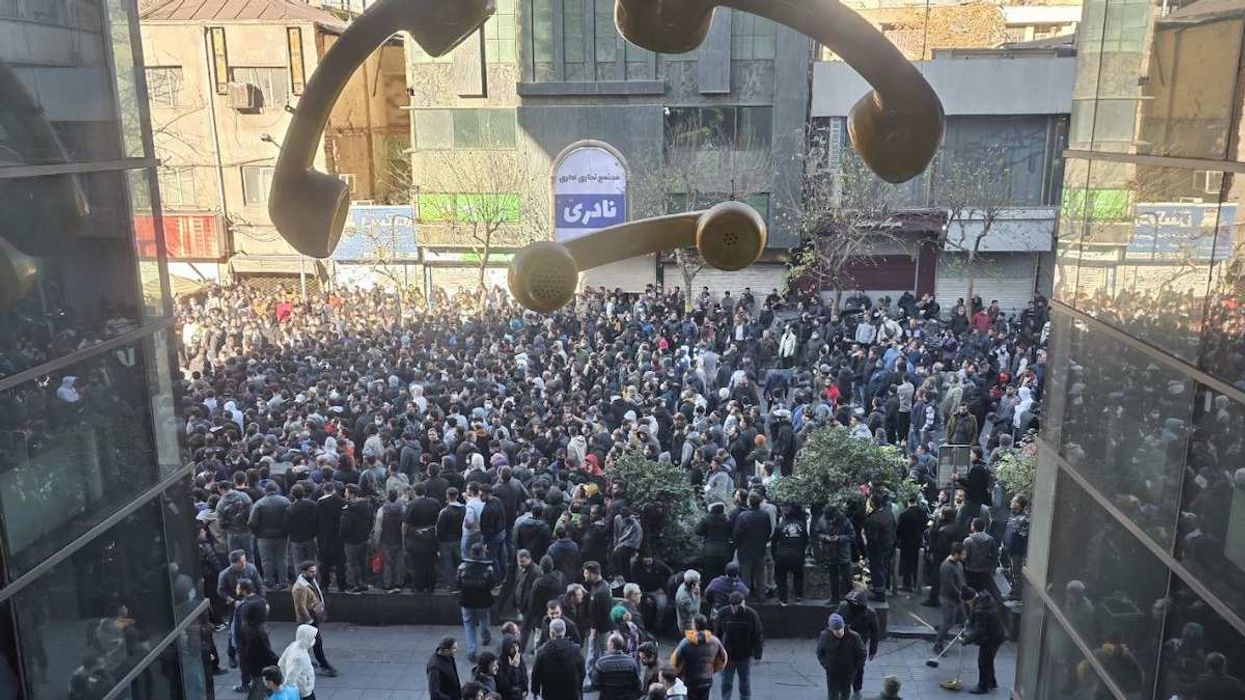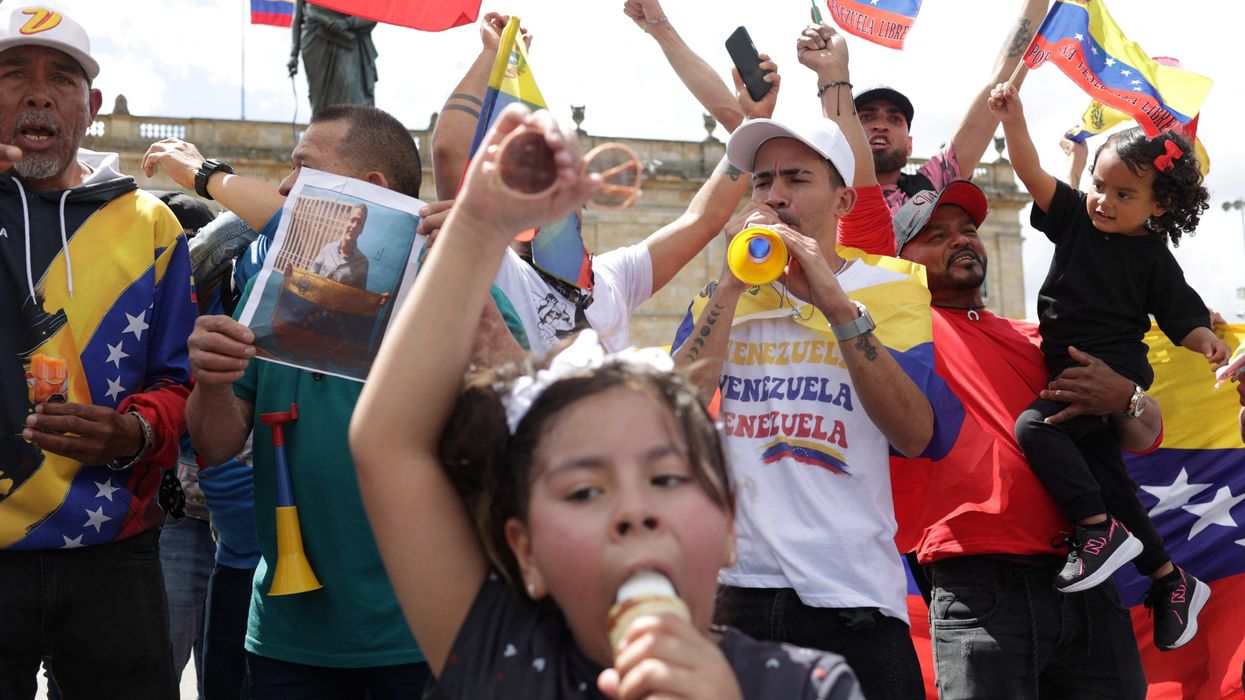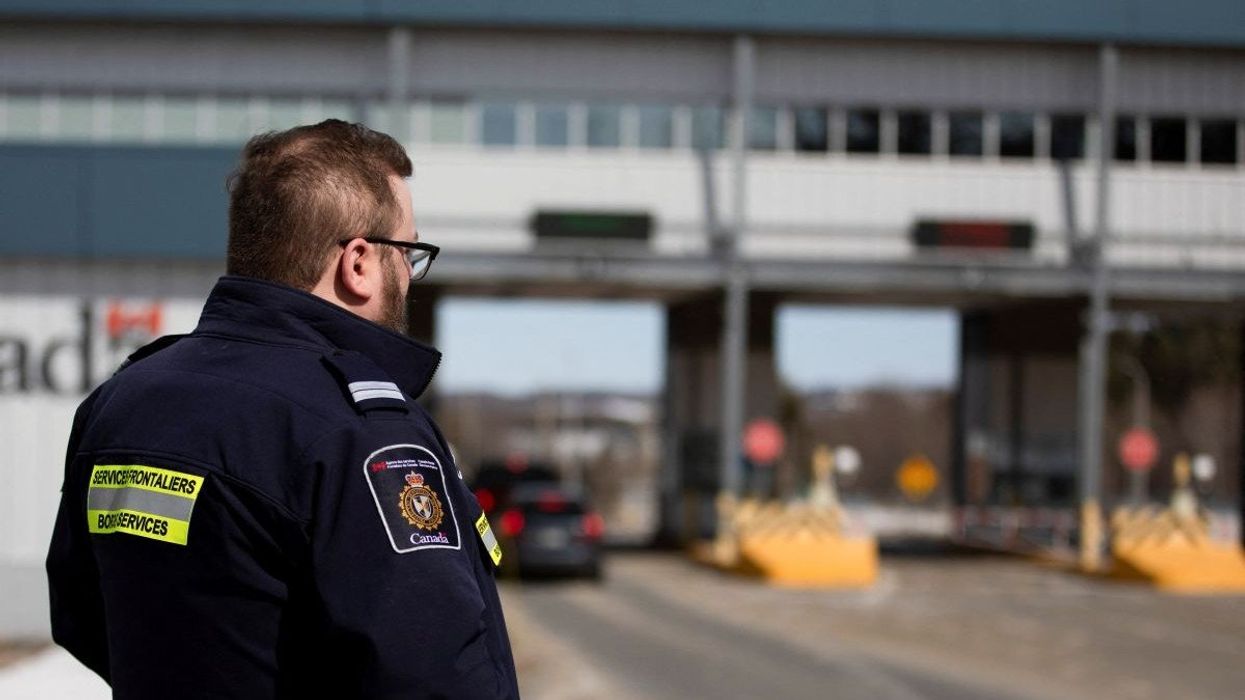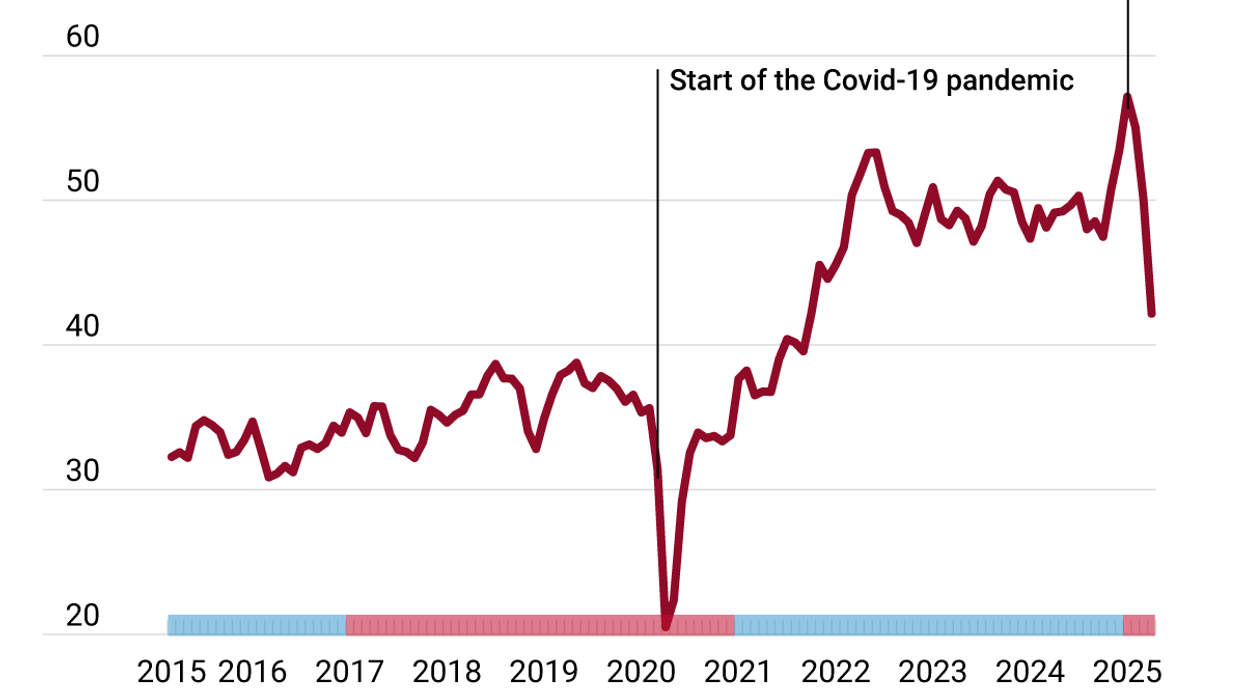The highlight of winter in frosty Ottawa – one of the world’s coldest national capitals – is the annual opening of the Rideau Canal Skateway, when the waterway at the heart of the city is transformed overnight into the world’s largest rink. Every year since 1970, when it first opened, thousands of hardy skaters have glided to and fro on it, stopping for hot chocolate and deep-fried treats on the ice.
Every year, that is, except 2023. Last year, for the first time in five decades, the canal did not freeze hard enough for skating to be safe, delivering a blow to the tourism industry and depriving frostbitten citizens of a chance to enjoy their city when they otherwise would be huddled indoors against the bitter cold.
With a dangerous storm hammering the Northeast United States and Eastern Canada, and a blizzard hitting the Northwest, this week, readers may not be pining for more opportunities to shovel snow or slog through slush, but winters are getting warmer, which has disturbing and unpredictable implications for agriculture, water security, public safety, and winter sports.
A world with less snow
This year, Ottawans hope that a looming cold snap will last long enough to get the skate sharpeners busy, but it’s no guarantee. The Rideau Canal needs a foot of ice to be safe, and that only happens if the city is well below the freezing mark for a week or two.
“It’s probably not going to happen,” says Gerald Butts, vice chairman of Eurasia Group, who lives in Ottawa and looks forward to skating on the canal every year. “It takes a week at minus 10 degrees [Celsius], and that’s not in sight.”
While not every city has a symbol of climate change running through its downtown, many other places are also having to adjust to a world with less snow and ice. Last year was the first year that Charlotte, NC, had no snow, while New York City only got 2.3 inches, a record low. And a stronger-than-usual El Niño – a naturally occurring upwelling of warm water in the Pacific – has disturbed normal weather patterns this year, leaving ski hills bare in British Columbia and the Sierra Nevada.
The tip of the iceberg
These are not the exception, so much as the (new) rule – a rule that only becomes clear by looking at the aggregate. According to the US Environmental Protection Agency, the snowpack diminished at 93% of the American sites the agency tracks between 1955 and 2022. Canadian data shows the same — less snow in most places over the decades – and while there is huge variability, this is playing out around the world.
A major Dartmouth College, New Hampshire, study published this week in “Nature,” found that natural variability has masked the impact of emissions on the snowpack, and warned that continued temperature increases are all but certain, leading to “widespread and accelerating snow losses,” with worrying implications for water security.
Wilderness snowpack is a source of spring runoff, filling wild rivers, wetlands, and lakes. When temperatures rise and precipitation falls as rain instead, the natural balance that sustains ecosystems is disrupted. Municipal reservoirs get low. Farmland gets parched. Wild fish hatcheries get disrupted. Forests get torched by wildfires. Ski hills get abandoned.
The resulting water insecurity can impact everything from our food supply and health to the global economy. And as for those ski resorts? Sure, some can make snow or sell visitors on “all-weather activities,” but they can’t all survive on the fake stuff alone.
Finding the base case
Scientists are working hard to track the variability and predict outcomes for ecosystems and communities, both by collecting better data and by figuring out what to do with it, using AI, for instance. The Canadian Space Agency is working on a satellite that would use radar to measure snow across the whole northern hemisphere.
But “a model is only as good as the base case you put into it,” says Butts. “And a huge part of the problem that we have in everything from weather predictions to crop forecasts to market predictions is, who knows what the base case is anymore? Because what was normal for most of the time we've been measuring these things is no longer normal.”
That may help us figure out what is happening, but the key to reversing the dangerous and unpredictable process is cutting the fossil fuel emissions that are causing climate change.
Snow and ice act as natural reflectors, bouncing sunlight off the surface of the planet. When they melt, the earth absorbs more sunshine, accelerating warming effects, which has scientists fearful about runaway warming, as wildfires increase and burning forests and peat bogs release vast stores of carbon.
Affordability: The political challenge remains
The governments of both President Joe Biden and Prime Minister Justin Trudeau are pushing policies to reduce emissions, but around the world, governments are finding it hard to convince voters to pick up the tab for those policies.
In Canada, the UK, and Germany, governments have had to backtrack on measures that put pressure on households struggling with a rising cost of living, says Graeme Thompson, a senior analyst with Eurasia Group's Global Macro-Geopolitics practice.
“When you ask people, do you want to do something to mitigate climate change and accelerate transition to clean energy, people generally say yes. But then if you attach a cost to it, support for those measures becomes very soft. And that's where the politics kicks in.”
The politics tells us that everyone, including skaters in Ottawa, will have to think harder about adapting to a world where there is less snow and ice.
